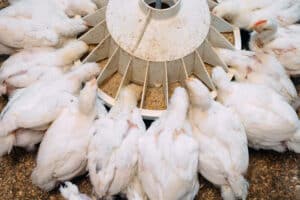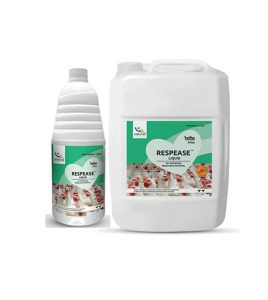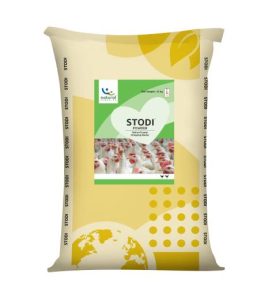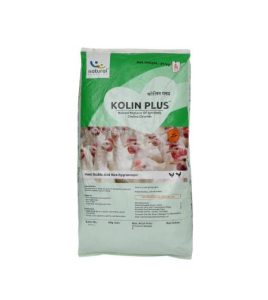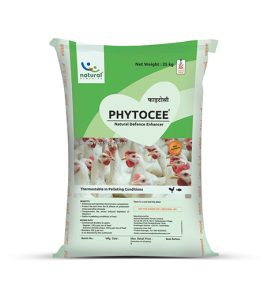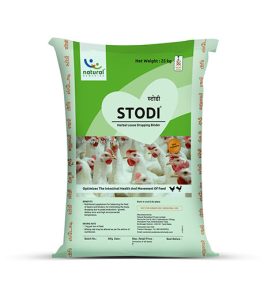In monogastric nutrition, precision in feed formulation plays a defining role in maintaining animal performance. Yet, subtle formulation errors can amplify physiological and metabolic stress, compromising productivity and profitability. Feed-induced stress, though often overlooked, can be as damaging as environmental or pathogenic stressors. Understanding how formulation mishaps contribute to stress in poultry and swine is essential to achieving balanced, sustainable animal feed programs.
1. Imbalanced Energy-to-Protein Ratio
One of the most frequent formulation errors is an improper balance between energy and protein. Excess dietary energy with insufficient protein can lead to fat deposition and metabolic strain, while a protein surplus without adequate energy impairs amino acid utilization. In poultry, such imbalance increases oxidative stress and reduces growth efficiency. In pigs, it elevates nitrogen excretion, burdening liver and kidney function. A well-calibrated energy-protein ratio, tailored to growth stage and ambient temperature, is critical to minimizing stress-induced inefficiencies.
2. Overlooking Electrolyte Balance
Electrolyte imbalance is a silent stress amplifier, particularly under heat stress conditions. The ratio of sodium (Na⁺), potassium (K⁺), and chloride (Cl⁻), commonly referred to as the Dietary Electrolyte Balance (DEB) which influences acid-base equilibrium and osmotic regulation. Diets low in potassium or high in chloride can increase respiratory alkalosis and dehydration risk, especially in broilers during hot weather. Maintaining an optimal DEB (usually around 250–300 mEq/kg) helps reduce physiological stress and sustain feed intake under challenging environmental conditions.
3. Inadequate Levels of Functional Nutrients
Vitamins, trace minerals, and essential amino acids serve as cofactors for enzymatic and antioxidant functions. Under-supplementation—especially of vitamin E, selenium, methionine, or choline which reduces the animal’s ability to counter oxidative stress. Inadequate choline, for instance, impairs lipid metabolism and liver detoxification. Using stable and efficient sources, such as Kolin Plus, a phytogenic choline replacer, can enhance resilience and contribute to a more sustainable feed formulation by minimizing environmental load and improving nutrient efficiency.
4. Poor Ingredient Quality and Oxidation Control
Rancid fats, mold-contaminated grains, or mycotoxin-laden ingredients increase oxidative and immunological stress in monogastrics. Even small levels of oxidized lipids or aflatoxins can trigger hepatic stress, reducing feed efficiency and immune response. Incorporating antioxidants and routine quality checks for peroxide values and mycotoxin residues is vital. Ensuring fresh, stable fat sources also supports gut integrity and nutrient absorption.
5. Ignoring Feed Form Physical Quality
Feed particle size and uniformity directly influence digestion and stress levels. In poultry, overly fine grinding increases gizzard erosion and gut motility issues; in pigs, inconsistent particle size causes selective feeding and gastric ulcers. Pellet durability and crumble uniformity help reduce feed sorting and ensure consistent nutrient intake, both crucial to maintaining gut health and reducing feed-related stress.
6. Overreliance on Synthetic Additives Without Considering Synergy
While synthetic additives can enhance performance, excessive or unbalanced inclusion, without understanding ingredient interactions—can elevate metabolic stress. Phytogenic additives and natural emulsifiers, when strategically integrated, can improve digestibility while reducing oxidative burden, supporting both performance and welfare.
Conclusion
In modern monogastric production, stress management begins at the feed formulation stage. Every nutrient, additive, and process parameter contributes to the animal’s physiological balance. Avoiding these formulation pitfalls by focusing on nutrient synergy, ingredient quality, and functional feed design, helps build resilience and ensure optimal performance. As producers and nutritionists embrace sustainable animal feed strategies, precision formulation remains the cornerstone of animal health, productivity, and sustainability.













